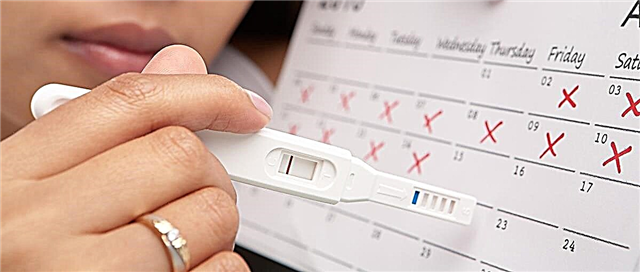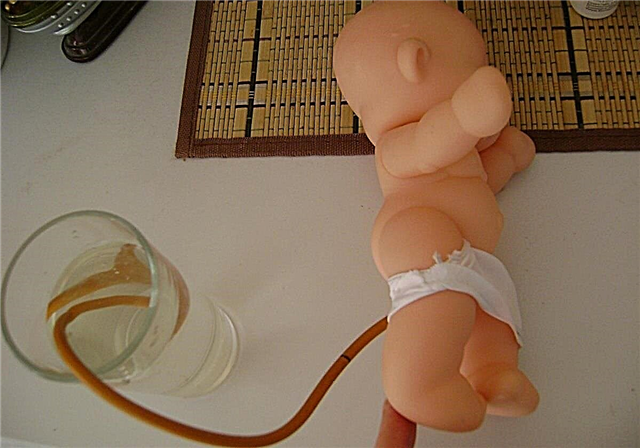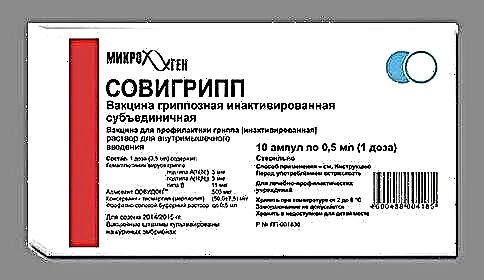
Unfortunately, pregnancy is not always perfect, smooth and without complications. Despite all the achievements of modern medicine, the percentage of premature births has not yet been reduced and reduced. Premature births, which occur at 33 weeks gestation, account for up to 20% of premature births.
In this article, we will talk about why this happens, how such childbirth proceeds and what the consequences for a woman and her newborn baby can be.

Features of the term
The 33rd week of gestation for most expectant mothers is quite calm and measured. The screenings are left behind, now the expectant mother is setting herself up for childbirth, which should take place, according to preliminary obstetric estimates, only after 7 weeks. Naturally, childbirth at 32-33 weeks is not included in the plans of the woman and her relatives. Therefore, their beginning usually causes panic and bewilderment.
As already mentioned, according to medical standards accepted throughout the world, having a baby at 32-33 weeks is considered premature... For the baby, every day that he spends in his mother's womb now plays a crucial role, since his development is in full swing. A baby born at this time will be viable, but premature, which means that doctors will have to try to save the baby and make sure that the consequences for his health are minimal.
Most often during this period, women give birth who bear twins or triplets, and the first birth can also begin, but if there are prerequisites. Birth at 33 weeks is certainly dangerous for the baby, there are risks for the mother, but they are much less than for children.

Condition and vitality of the fetus
The child at this time is not yet ready for birth, but is ready to try to adapt to new conditions if childbirth does occur. The growth of the baby at 33 weeks is about 43 centimeters, the baby usually weighs about 2 kilograms... With such a weight, the child is considered quite viable, but the problem is that causes and factors that negatively affect the development of children usually lead to premature birth, and therefore often at this time the weight of children at birth barely exceeds a kilogram.
At the current time, various processes are actively going on in the child's body, but two are important for survival and viability: weight gain due to the formation of subcutaneous fatty tissue and the accumulation of surfactant in the lung tissue... Subcutaneous fat is important so that the baby, after birth, can retain heat, not lose it, since systemic hypothermia for a newborn is a mortal danger. Usually babies born at 33 weeks of gestation have an amount of subcutaneous fat at the level of 5-6% of body weight and this is not enough to ensure normal thermoregulation.

The surfactant in the lung tissue is a special active substance that the alveoli produce, and which is necessary so that these bubbles in the lungs do not collapse after the child begins to use the lungs for their intended purpose. While he "breathes", receiving oxygen from the mother's blood. Surfactant at 33 weeks in most cases is not enough for full and independent breathing of the baby after birth. Therefore, children need urgent resuscitation care, the quality and correctness of which will largely determine the forecast for the future.
The two main dangers to a newborn at this time are distress syndrome (acute respiratory failure) and rapid heat loss. Help will focus on creating a constant temperature and humidity around the baby and supplying oxygen if his lungs are unable to breathe on their own.
Children born at this time look somewhat unusual: they have rather bright red skin (due to a small amount of subcutaneous fat), as well as soft auricles, since the cartilage tissue has not yet had time to harden. The nervous system continues to develop, at this time the respiratory reflex begins to train. The internal organs have completed their formation, but they still grow and grow, for the 33rd week of gestation, a certain morphological and physiological immaturity is characteristic.
Statistical numbers are always difficult to apply to individuals, especially small premature babies, but still worth mentioning. With proper care and timely resuscitation, up to 90% of babies born at 33 weeks survive. The degree of prematurity of children who saw the light at this time is usually the second. This gives hope that the outcome will be favorable. There are four degrees in total, the most favorable is the first, the most difficult and difficult to predict is the fourth.
Childbirth at 33 weeks of gestation, according to statistics, in 88% of cases, they end up in the birth of normal, healthy children, who, of course, have problems in the first few days, but with proper help they can be overcome... In 7% of cases, children born at this time have health problems that persist for a long time. In 2% of cases, children receive disabilities due to the total problems of the early neonatal period and their consequences. The number of children who manage to survive for only a few days is less than 1%. The likelihood of stillbirth is approximately the same in quantitative terms.
After birth, the baby is placed in a bed with heating and oxygen supply, and if its weight is less than 1700 g, then in a special incubator with a complete life support system.


What can provoke?
It should be noted that childbirth at this time can be of three types: threatening, incipient and incipient. The first two types give doctors the chance that they can try to extend the pregnancy by a few weeks or at least days. If labor has already begun, there is no way to stop it.
The following factors increase the likelihood of onset of labor at 33 weeks:
- burdened gynecological history (abortions, miscarriages, premature birth, frozen pregnancies, operations on the uterus and ovaries);
- exacerbation of chronic diseases in the mother;
- genital infections;
- isthmic-cervical insufficiency;
- the presence of gestosis;
- diabetes;
- genetic pathologies of the fetus, malformations;
- rhesus conflict;
- alcohol, drug use, smoking during pregnancy;
- inadequate nutrition, lack of vitamins and minerals;
- multiple pregnancy.
In many cases, it is not possible to establish the true cause of the onset of labor ahead of time, or there are several reasons at once.


How is the birth process going?
If a woman gives birth at this time, special control is exercised over her. Premature birth is often accompanied by pathologies and deviations from the normal classical scheme. Childbirth can proceed against the background of weak labor forces, in which the cervical dilation will be slow or the efforts will weaken.
The second fairly common option for premature birth is the rapid or rapid birth of a baby, which is very dangerous in terms of the likelihood of birth injuries by a woman and a fetus. If the birth of a child is not accompanied by such deviations of the birth process, doctors will take delivery as usual, without significant differences. Except that a pediatrician and a resuscitator will definitely be present in the delivery room and everything will be prepared in advance for the birth of a "problem" baby.
For complications, doctors can slow down or speed up the contractions by injecting hormonal and antispasmodic drugs.
If the anomaly cannot be resolved, an emergency caesarean section may be performed.


Reviews of women
According to women, after giving birth at this time in the hospital you have to spend much more time than after giving birth on time. Also, many are sent to children's hospitals after 8-10 days, since children need special care and attention.
With a favorable set of circumstances, children are recovering rather quickly, and in all respects "catch up" with their peers by six months of life.
In the following video, you will learn about the symptoms and causes of premature birth.



